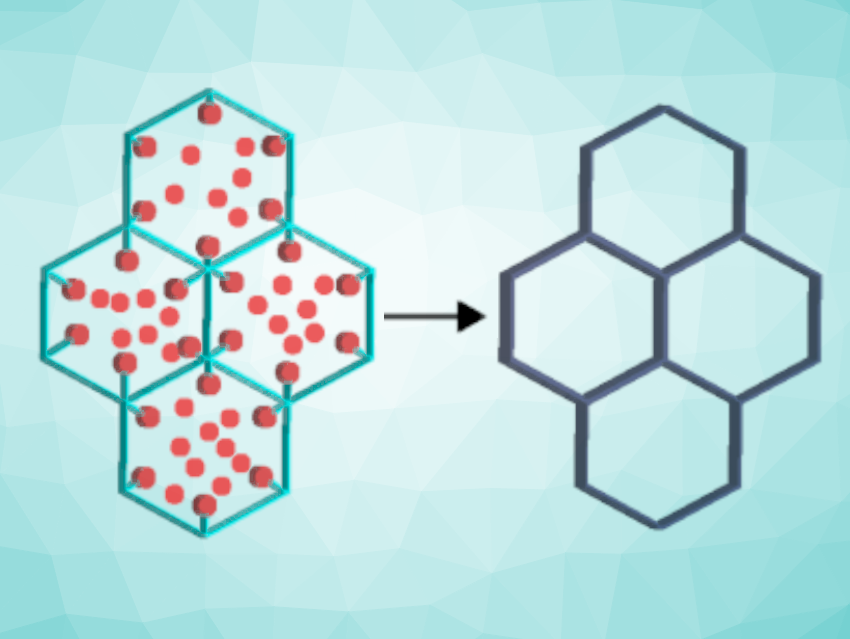Metal–organic frameworks (MOFs) are useful, e.g., as sorbents with a range of applications. In contrast to other porous materials, such as zeolites and carbons, MOFs generally need to be activated in two steps. The MOF is first washed with low-boiling-point, low-surface-tension solvents to remove high-boiling-point, high-surface-tension solvents from the pores and/or the metal centers, where they can be coordinated. Once the original solvent is exchanged, the guest solvents are removed using heat/vacuum or supercritical CO2. However, incomplete solvent removal and/or structural collapse can occur with these approaches.
Adam J. Matzger and colleagues, University of Michigan, Ann Arbor, USA, have developed a new strategy for activating MOFs. The team treated different MOFs with inexpensive gaseous dimethyl ether (DME) to activate them. They proposed that DME can displace both solvent that is adsorbed in the pores and solvent that is coordinated to the MOF’s framework.
The researchers found that this method matches or outperforms existing activation methods for MOFs such as MOF-5, HKUST-1, and M-MOF-74 (M = Mg, Zn). They used 1H NMR spectroscopy, thermogravimetric analysis coupled to infrared spectroscopy, and nitrogen sorption analysis to determine the extent of solvent exchange and activation. They found that DME is compatible with both microporous and mesoporous MOFs, and that evacuation of DME can be performed at lower temperatures than alternative methods.
The DME activation method is particularly useful for fragile MOFs, such as UMCM-151 and DUT-34, which can usually only be activated to a fraction of their calculated surface areas due to structural collapse. Using DME, these MOFs showed higher surface areas than with the previously most effective activation procedure using supercritical CO2. These results suggest that further studies might be possible for systems that usually resist activation. The researchers believe that DME activation could become the method of choice for MOFs with coordinatively unsaturated metal sites.
- Superior Metal‐Organic Framework Activation with Dimethyl Ether,
Keenan Rashad Wright, Karabi Nath, Adam J. Matzger,
Angew. Chem. Int. Ed. 2022.
https://doi.org/10.1002/anie.202213190



